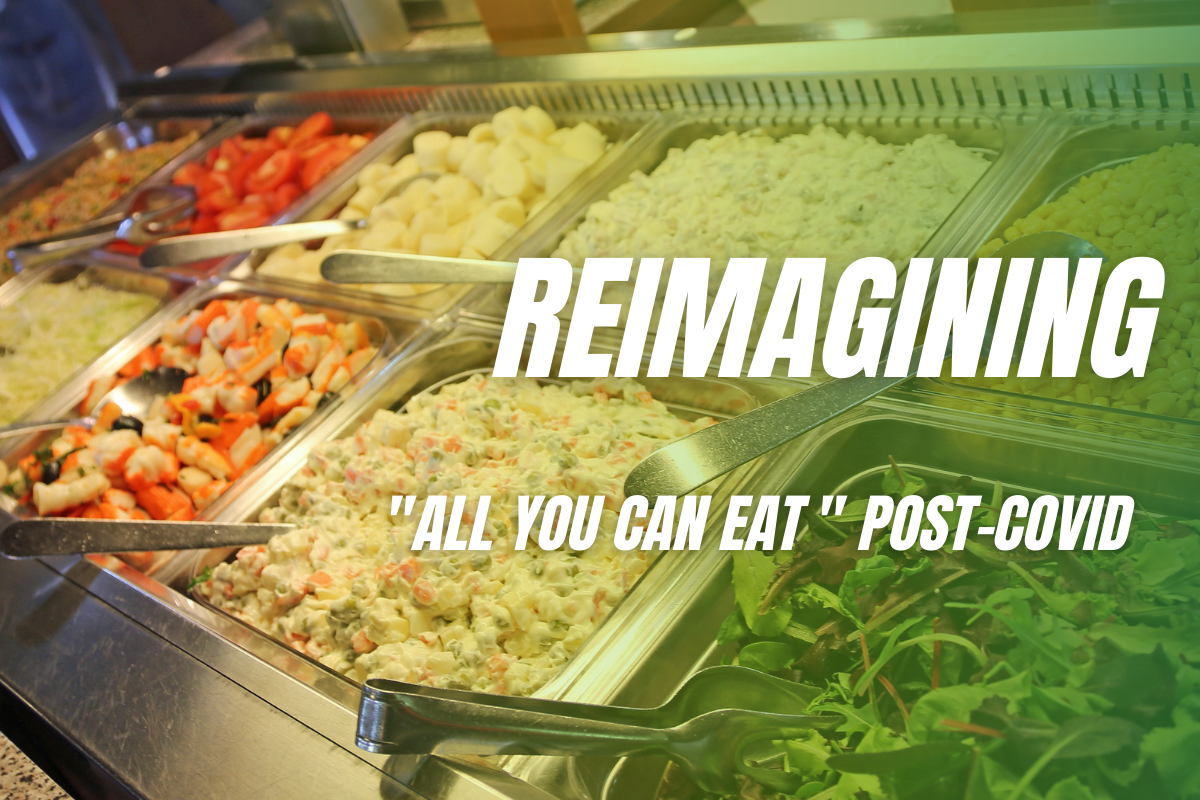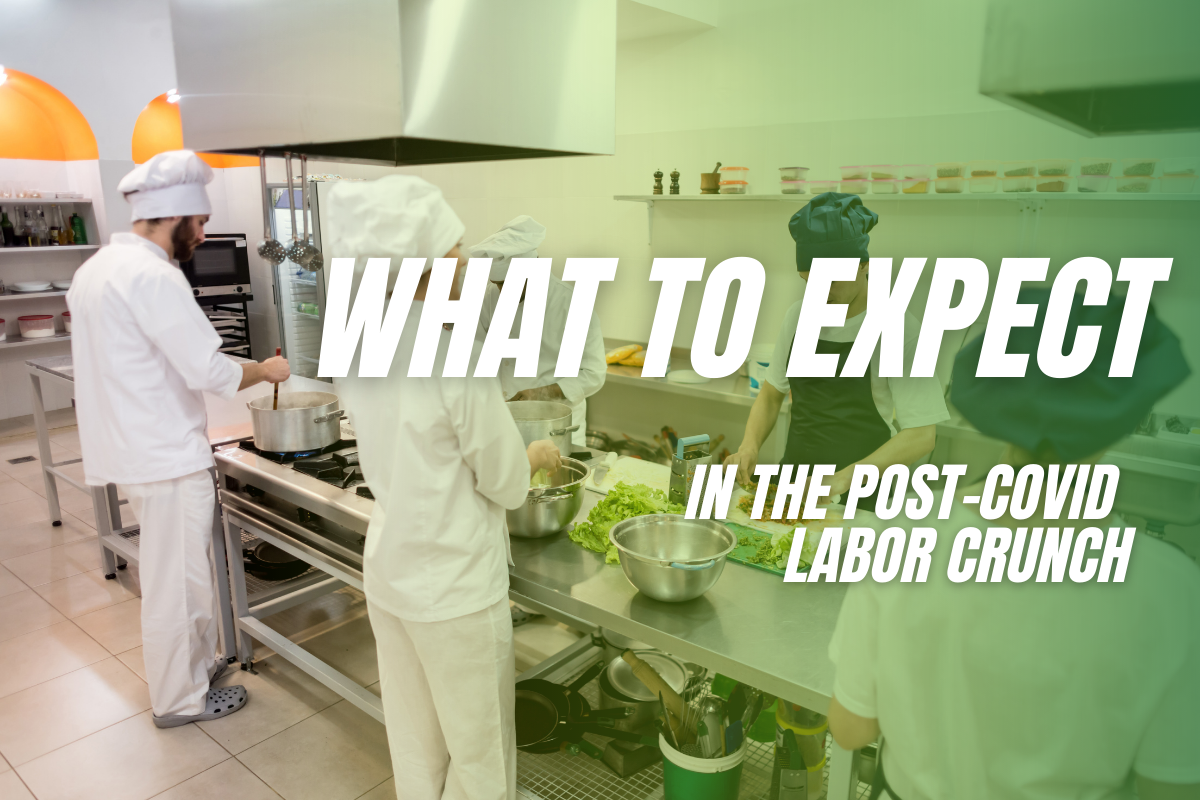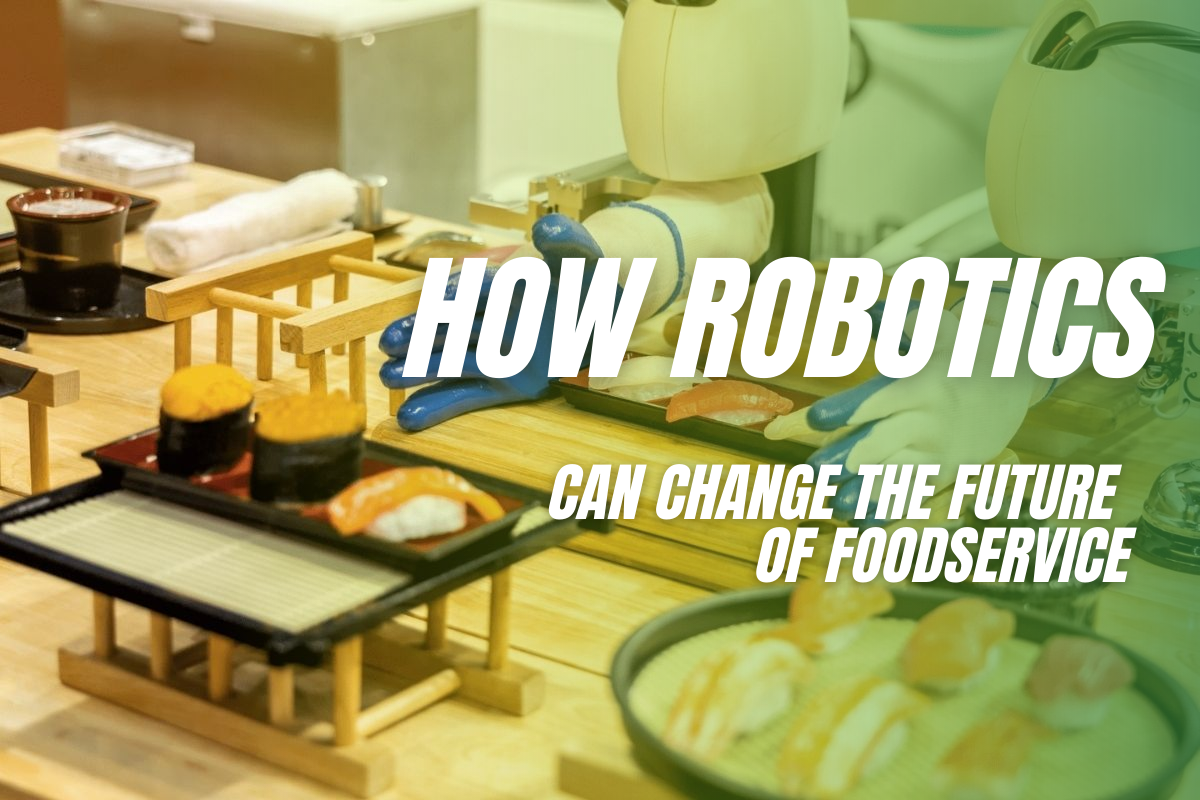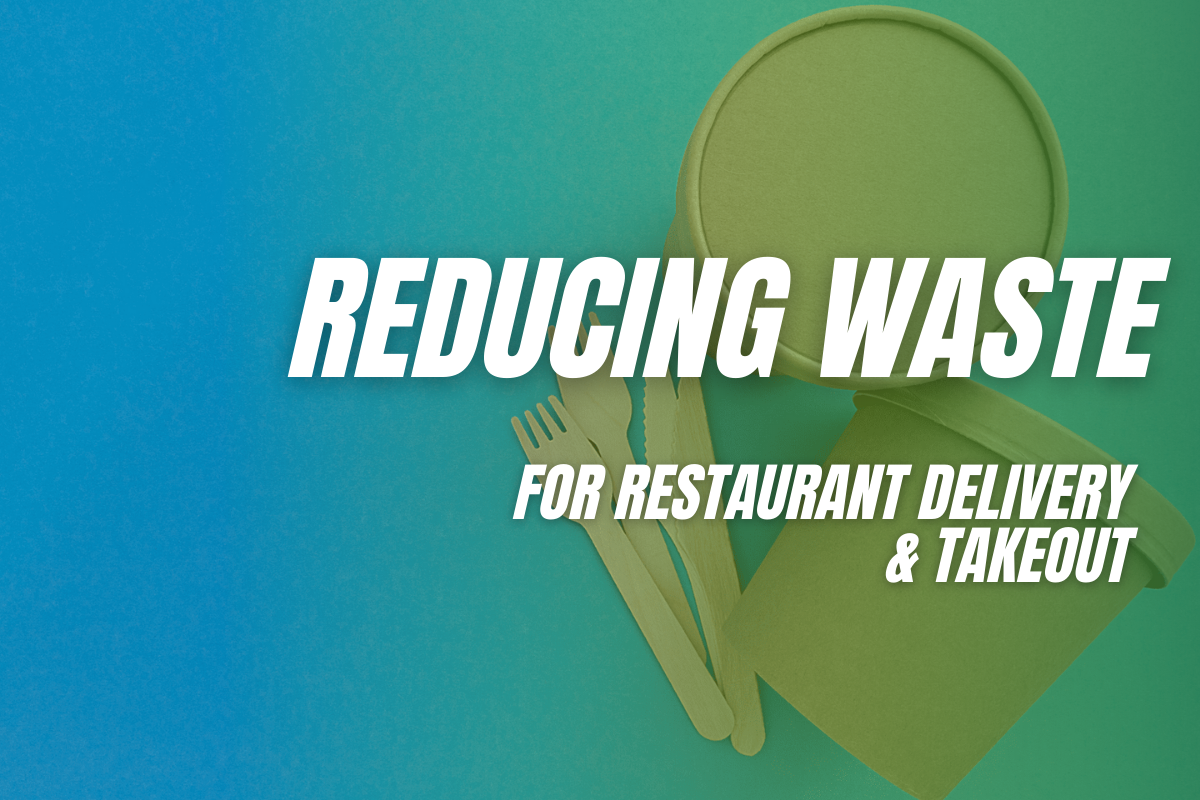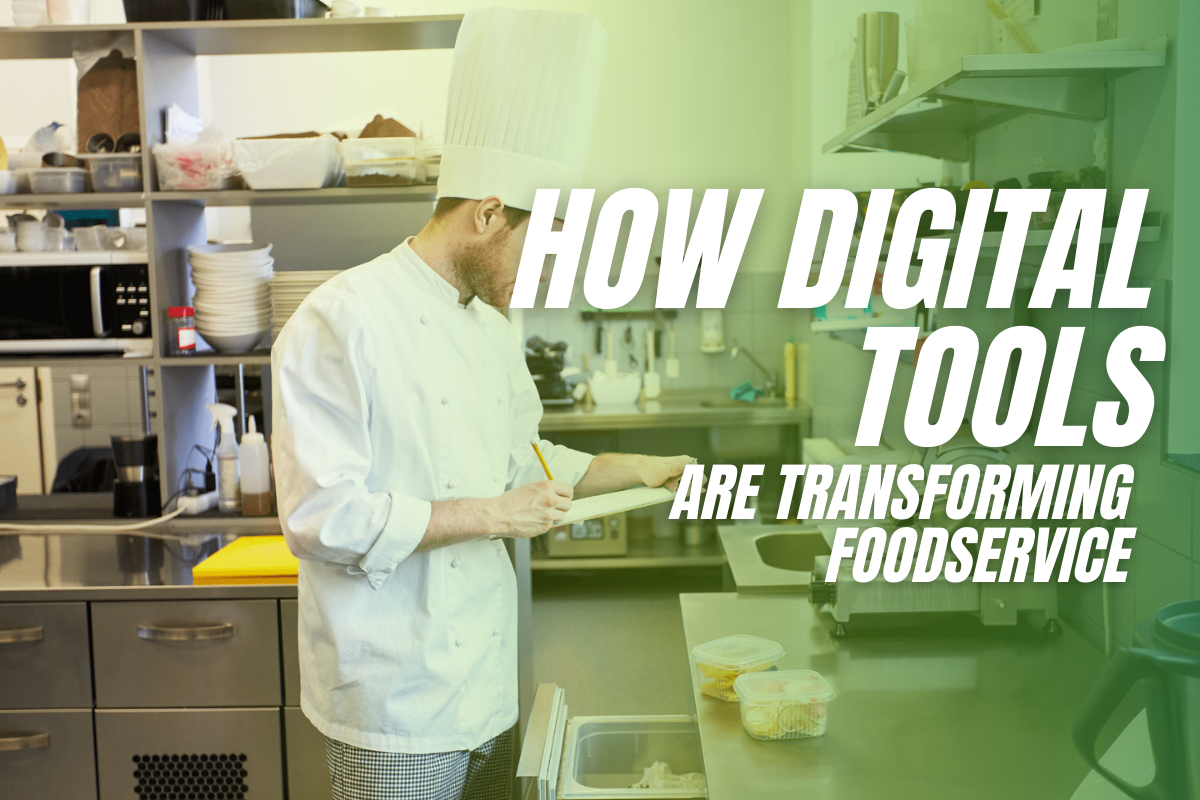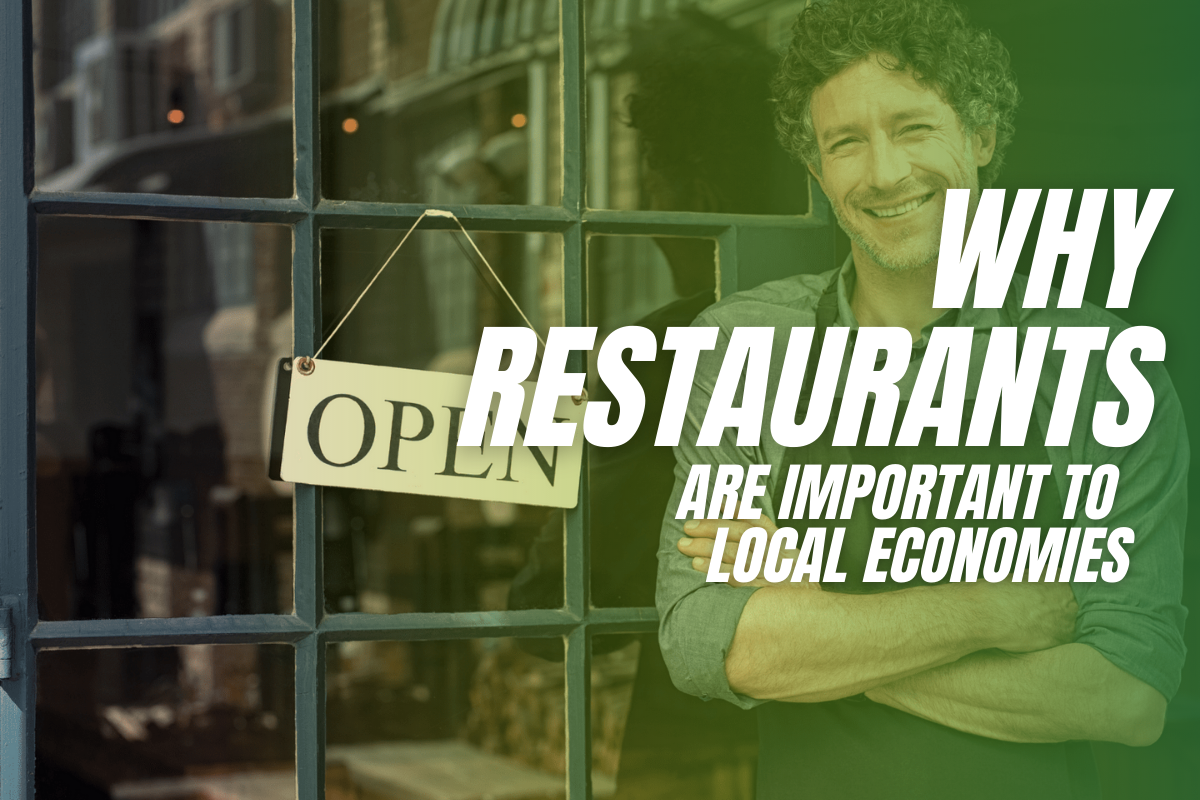
Flexibility is the key to improving your bottom line in foodservice, particularly as we emerge from the challenges of COVID-19. Finding ways to save money and make labor more impactful while providing an exceptional resident experience is the ultimate goal, and the equipment operators use when delivering can make all the difference.
In terms of savings, one of the easiest ways to save money while reducing workload is to eliminate the need for linens. Why are most buffet stations draped in linen? Well, generally it’s to hide the ugly tables underneath. When you’re draping them with fabric, even the ugliest, most beat-up and battered tables become serviceable.
Unfortunately, hiding those ugly tables comes at a significant cost. Not only do operators have the upfront expense for the linens, but keeping them clean comes at a cost from both a labor and a resource perspective. Spilled sauces and dropped food require professional cleaning in order to keep those linens looking pristine.
According to the Textile Rental Services Association of America, continuously rising energy costs have had a devastating effect on their highly energy-dependent businesses. Despite improvements in laundry equipment, they’ve been forced to pass those ever-increasing energy costs on to their customers. Linen service costs can easily add up to two percent of sales — and that’s a pretty significant dent in your bottom line.
The Added Benefit of Serving Station Modularity
A modular foodservice system that lets you add or remove components as needed can help keep things fresh and exciting for your customers. How about adding a flexible serving station that can go from custom omelets at brunch to decadent sundaes at night? Multiple uses from the same piece of equipment help you increase profits while indulging your residents’ desires for a constantly fresh experience.
Establishing a great, resident-friendly serving line is a complex process. You have to balance mobility, simplicity and speed of set-up, and ease of use (for both residents and staff). Add in the need for an attractive, inviting, and spotless appearance, and things get even more complicated.
Flexibility, Functionality, and Cost Savings?
Yes, you can have them all when you choose the right tables for your serving line. Why not switch from ugly tables covered by expensive linens to attractive tables that allow you to ditch that pricey linen service? If they’re highly mobile, can be configured to meet your needs, and can nest for storage, even better.
That’s just what you’ll get when you switch to Lakeside’s modular serving table system. This highly flexible and attractive system allows you to configure your serving line in a multitude of different ways. Even the most awkward serving area is no longer a problem with these tables. They’re 32″ deep and available in multiple widths that allow you to configure them to suit any space.
Available options include induction stovetops, sunken chilled bins, and even right-angle corner connectors to make for smooth transitions.
The 3″ swivel casters and interlocking design make set up a breeze, saving you labor costs. Clean-up is just as quick and easy with the powder-coated steel frames and stainless steel, laminate, or resin solid surface tops. Best of all? Their attractive, front-of-house design eliminates the need for those expensive linens!


